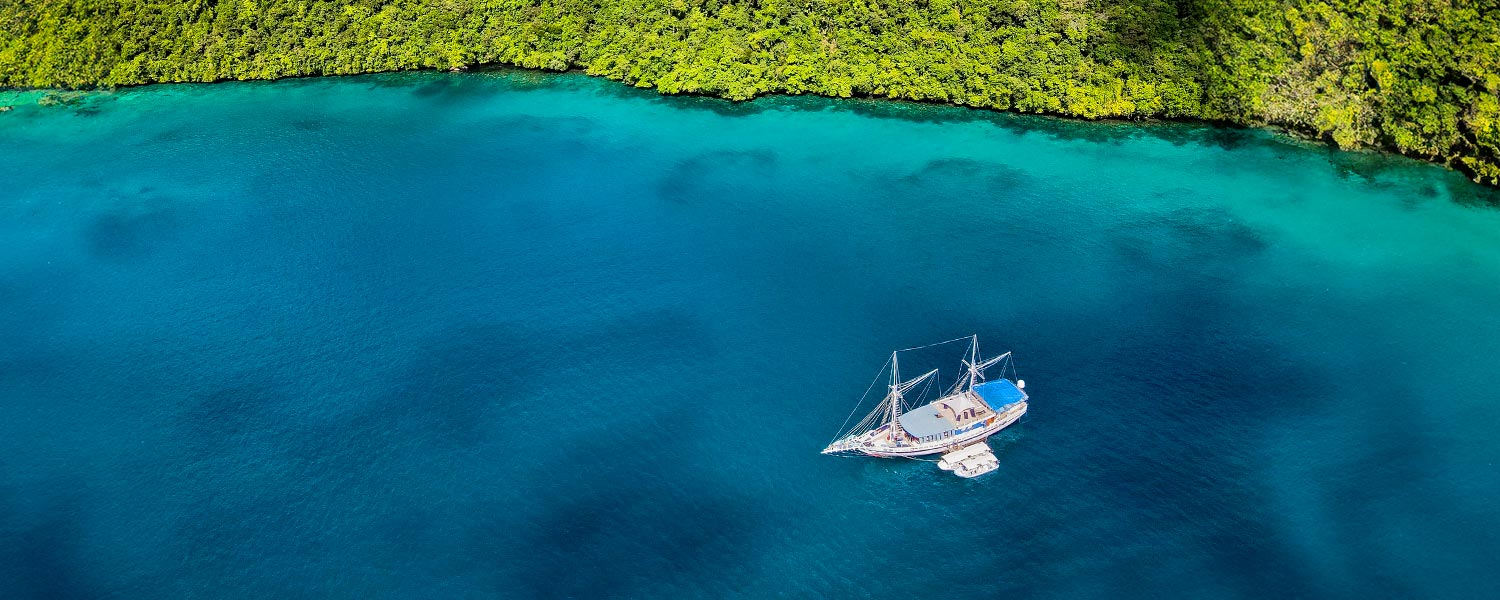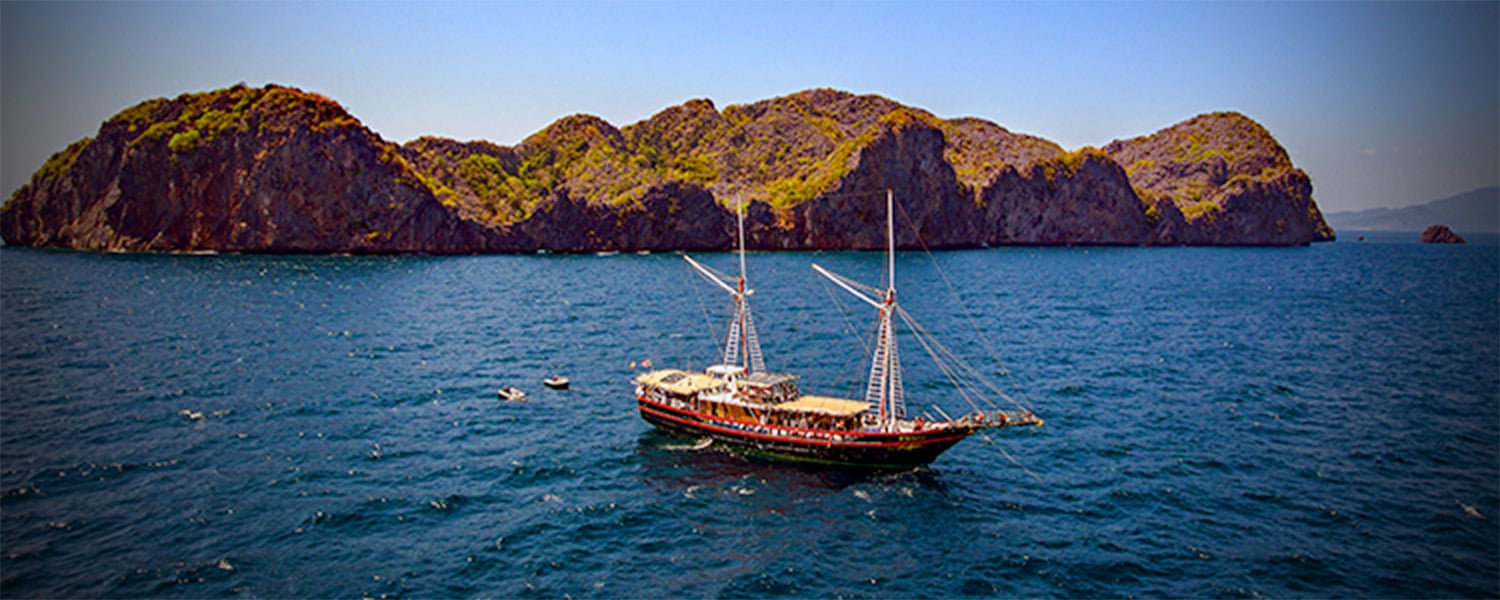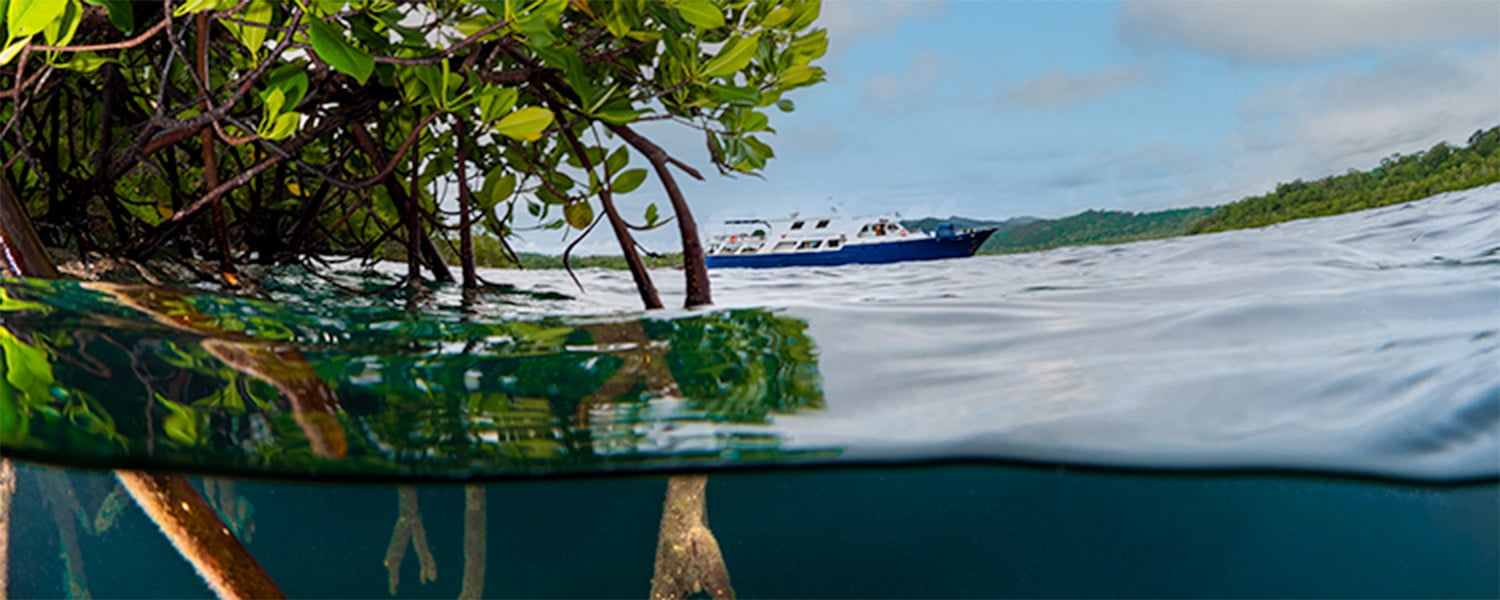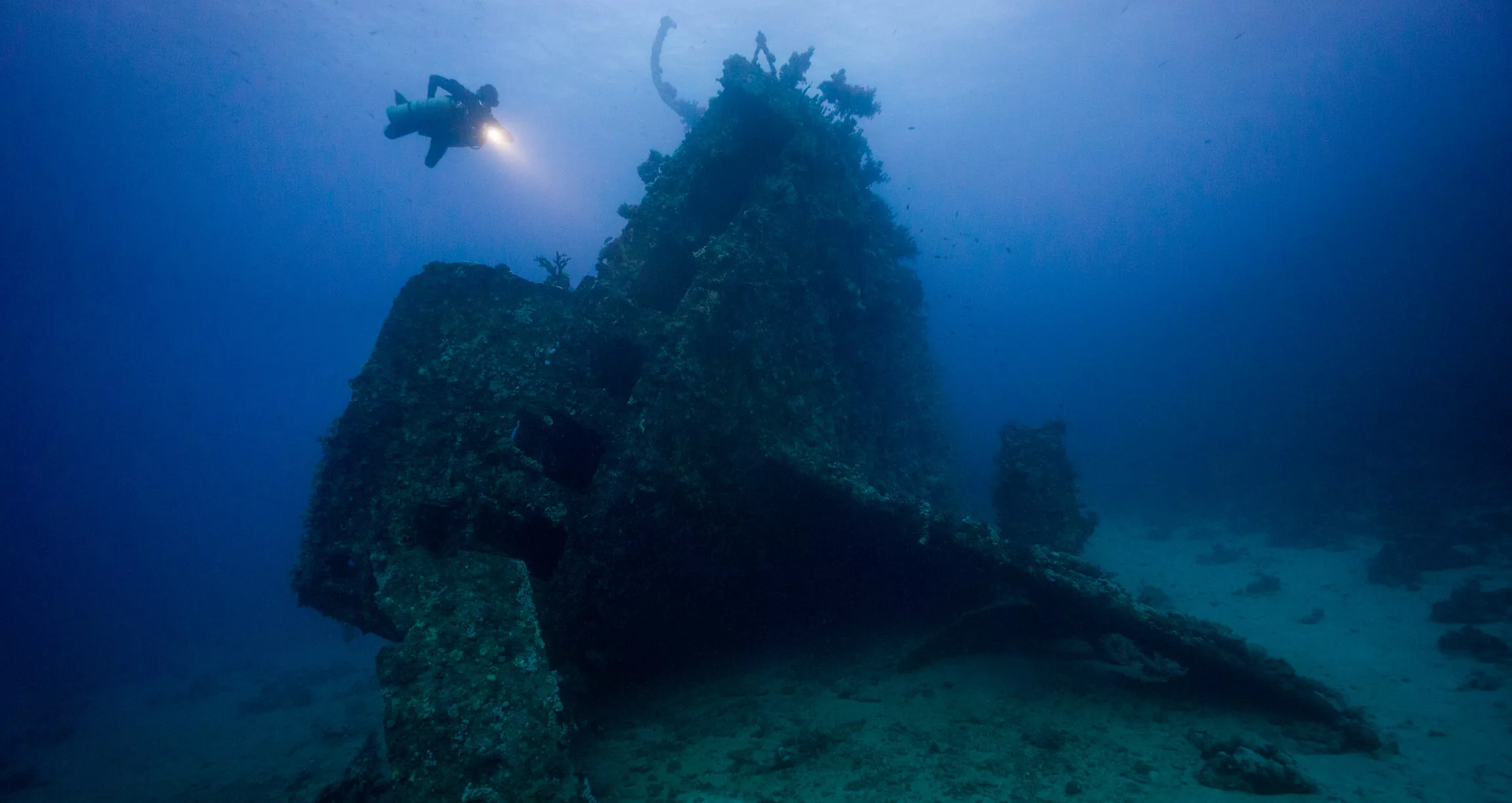Everybody loves an interesting fact, especially when it’s about a place you are going to visit. Or indeed, have already visited.
Last month we gave you some insight into Bikini Atoll and the Marshall Islands, one of the most unique places on earth. The Galapagos Islands, though, are competing in the unique stakes. As it’s much better known than Bikini, we had to dig deeper this month for interesting facts about Galapagos. But we have done just that. So sit back and read about this amazing archipelago…
Now That’s A National Park!
The Galapagos Islands are incredibly important for science, a fact that has long been known. As such, the Galapagos National Park was established in 1959. Also, the waters surrounding the Galapagos are a UNESCO Biosphere Reserve. This means that the archipelago is at the forefront for facilitating important studies and guiding conservation and protection efforts.
To date, 97% of the islands’ land mass have been declared a national park. The remaining 3% of land areas are home to roughly 30,000 people.
The Islands Are Slightly Volcanic
The Galapagos Islands are on one of the most active volcanic hot spots in the world. Geologically speaking, they are similar to the Hawaiian volcanoes – albeit a lot less known.

The islands, like many on the Pacific Ring Of Fire are still evolving. The 19 active volcanoes are a testament to this. Basaltic eruptions occur every few years, with the latest one in 2018 on the Island of Isabella. While this is very exciting, it unfortunately constantly threatens the endemic species living there.
How Many Islands Are There?
One of the more interesting facts about Galapagos is that this is constantly up for debate. At this point the Galapagos Islands consist of a total of 18 main islands. But there are also 3 minor islands 107 rocks and islets. But this changes relatively regularly.
Due to the high volcanic activity mentioned above, the Galapagos Islands are in a constant state of change. New formations emerge and sink. This means that new islands may very well be forming or disappearing right now!
Penguins Out Of Place
The Galapagos Islands are very close to the equator, so technically tropical. However, the islands’ climate is not tropical (bonus facts about Galapagos abound). This unusual climate means that the coasts of Isabela, Fernandina, and Florena Islands are the only places in the Northern Hemisphere where you can see penguins in their natural habitat.

The Galapagos penguin is the second smallest species of its kind and is endemic to the Galapagos Islands. With less than 1000 breeding pairs left on Galapagos Islands, this species of penguin is classified as endangered.
Galapagos Is A Year Round Destination
The Galapagos Islands actually straddle the equator. However, the island’s unique position means they experience a year-round temperate climate.
There are two markedly different seasons. The hot season sees warmer, humid weather from December through May. The dry season, which is slightly cooler, extends from June through November.
Depending on the season, the islands are either lush, green, and tropical or slightly barren, colorful, and arid. The islands see more rainfall in the hot season, which also features calmer seas and slightly warmer ocean temperatures (around 26°C). Meanwhile, the dry season has southeast trade winds, which follow the cooler currents, providing a wonderful breeze. This change signals an increase in marine activity.
There is no right or wrong time of the year to visit this amazing place. Depending on when you book, you will be able to see different species.
No Long Dark Nights
Another cool feature of the Galapagos Islands is that the days and nights are equal in length. Because of its tropical location on the equator, the Galapagos Islands see an average of 12 hours of sunlight each and every day.
Don’t forget to change the clocks when you land though, as the islands are in a different time zone to mainland Ecuador.
A Triple Quad Formation
The islands are formed at the juncture of three tectonic plates: the Pacific, Cocos, and Nazca. The result is infrequent volcanic activity as mentioned previously. The oldest islands are gradually sinking back into the ocean and the youngest ones are on the rise.
By coincidence the islands have also formed at the convergence of four major ocean currents. The Equatorial, Humboldt, Cromwell, and Panama currents all meet up here. This means that wave action can be unpredictable and there can be some variance in water temperatures. This then influences directly what you can see underwater. The weather is also almost entirely dependent on the ocean currents.
They Are Named After Tortoises
The word “Galapago” is an old Castilian word that translates as “riding saddle”. Bishop Tomas de Berlanga first set foot on the islands in 1535 and was very interested by the tortoises he saw. He noticed that the shell of these giant tortoises resembled a saddle and so named the islands “Las Islas Galapagos”.

This means the islands are named after the tortoises. Not the other way around, as most people believe.
Overtime, the word “Galapagos” has become a synonym for turtle, tortoise, or terrapin. Today, the Spanish word galápago is used specifically to classify several species of terrapin.
No Stamps Required
In the 18th Century, on the island of Floreana, a barrel was used as a post box. As a regular stop for whaling ships, crew members would use the barrel to send letters to loved ones. Vessels would stop at Floreana to supply with crew members taking advantage of the free service.
This site became known as the “Post Office Bay” and to this day, it remains a popular attraction. You can still leave a letter or postcard for delivery. Alternatively, you can sift through the post and become the post man. All you need to do is pick any letters or cards you believe you can deliver to the addresses.
Locals say slapping a stamp on the letter back home and dropping it in a mailbox is cheating. The idea is that you take the post and deliver it by hand. Hence it is free, as it was back in the day.
Robinson Crusoe Owes Its Existence To The Galapagos
In 1680s, Englishmen William Dampier and William Ambrosia Crowley visited the islands. Now, brace yourself for multiple bonus facts about Galapagos.
By 1678, Crowley’s initial chart of the archipelago appears, naming islands after English royalty and nobility. Dampier was one of the first of many writers to describe the Galapagos Islands from a naturalist’s perspective when he published A New Voyage Round the World in 1697—the first English language account of the islands. Dampier coined the word “sea lion” and added more than 1,000 other words to the English language. His account also included the importance of the numerous land turtles and their oil, used instead of butter.
As a minor aside, he also gave his name to the Dampier Strait in Raja Ampat. He certainly got around.
Anyway, Dampier returned to the Galapagos islands in 1709 on The Duke, under the command of Woodes Rogers, and on The Duchess. These two ships, before arriving in Galapagos, found Alexander Selkirk marooned on the Juan Fernandez Islands of Chile. Selkirk’s story provided the inspiration for Daniel Defoe’s Robinson Crusoe. Without the draw of the Galapagos, Alexander Selkirk would never have been found and Defoe would not have written his book.
We hope you enjoyed our interesting facts about Galapagos. To learn more about visiting the islands with Master Liveaboards simply visit our Galapagos page.



